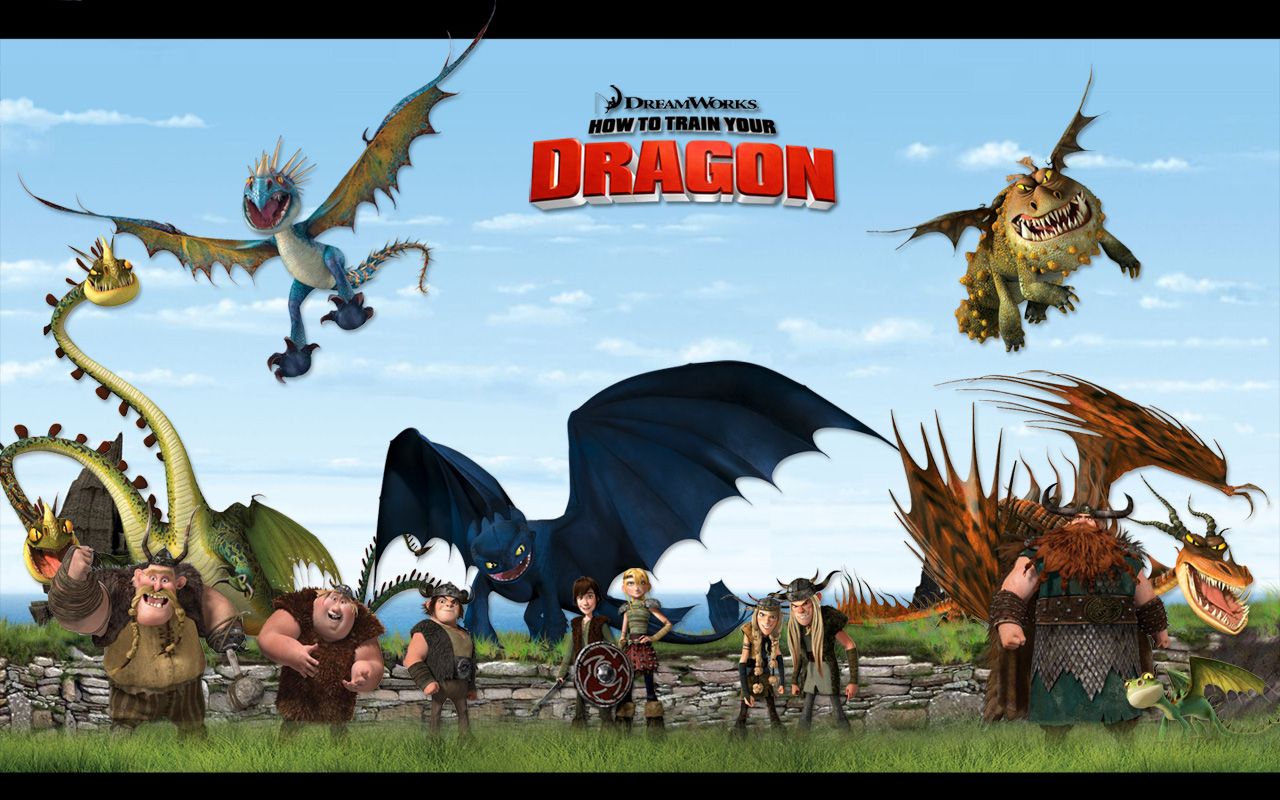The GamesBeat show in San Francisco brought together some of the key executives and thought leaders in the industry, with a series of sessions that explored the intersections of art, science, and business in the gaming industry. The [a]listdaily was there, and here’s some of the highlights if you missed it.
Dean Takahashi lead writer for GamesBeat, led off with some thoughts on the game industry, noting that while investments in gaming companies exceeded half a billion dollars in the last year, exits (when companies were sold or acquired) were valued at several times that — which means there’s not enough being invested in games.
Electronic Arts CEO Andrew Wilson sat down with Magid and Associates head Mike Vorhaus to talk about Wilson’s first year at the helm of EA. Wilson noted three key things in his agenda for EA: “Establish the player-first culture back in the company,” said Wilson, was his first goal. Shepherding EA through its continuing transition to a digital company was his second goal. “Third was no more silos,” said Wilson. “We have to work together as one team.”
 Andrew Wilson, EA CEO
Andrew Wilson, EA CEO
This is not something that will happen right away, but Wilson feels progress is being made. “Three years in this industry is like a full epoch,” Wilson said. “I would never profess to know what’s going to happen beyond three years with any certainty.” Despite that statement, Wilson did make one prediction: “In three years we will be almost entirely a digital company.”
Vorhaus asked Wilson about creating quality and value, and Wilson had an interesting reply. “Quality is a weird thing,” said Wilson. “As gamemakers we create fun, it’s the emotional value calculation of enjoyment over time. We think about it in two vectors: Innovation, doing something completely new or doing something old in a completely new way. The second thing is polish. The absence of defects that would detract from the experience. When you look at Metacritic, the top games get both those things right.”
Wilson gave examples of how EA has instituted that policy. “We moved Battlefield Hardline because we thought there was more innovation possible,” Wilson noted, referring to the game’s move into 2015. “When we moved Dragon Age: Inquisition, we thought we needed more time to get rid of the bugs. Two decisions, both around the idea of quality.”
The question of value is a very important one for Wilson. “How much more value do you want to give players ,” Wilson asked rhetorically. “You want to give as much value as you can while still maintaining a profitable company. Russell Simmons once told me ‘humans have an inherent need to steal.’ What he was really saying was that human beings have an inherent need to get value. When they give you $20 for something, they do so expecting that what you’re going to give them is going to be worth more than that $20. Otherwise they keep the $20 in their pocket. That’s how we should be thinking about games, whether it’s a premium business model or a subscription business model or a free-to-play business model, every time someone gives you money — whatever amount that might be — always get to a point where they feel like what they get in return is greater than what they put in. When you get that, you satisfy people’s inherent need to steal on a daily basis.”
Owen Mahoney, the relatively new CEO of Korean company Nexon, was interviewed next. Nexon is an interesting company, having been founded in South Korea, gone public in Tokyo, Japan, and now having hired a Western executive as its CEO. Nexon’s success is undeniable as the inventor of the free-to-play business model and creator of many extremely successful MMORPGs. Nexon today does $1.6 billion in revenue with 35 percent operating revenues, and generates $400 million in free cash flow every year, Mahoney noted.
 Owen Mahoney, Nexon CEO
Owen Mahoney, Nexon CEO
“Free to play is actually a very robust business model,” Mahoney pointed out, contrary to what some critics have said. “It’s hard to believe that when you look at Western companies that started on Facebook,” Mahoney acknowledged with a grin.
Nexon has many partners in various areas, and continues to engage in new partnerships and funding new ventures. “We’ve been approached by a lot of people who think the games are going to free-to-play,” explained Mahoney. “But it’s very hard to do, the way it’s done in Asia. They look at us because we’ve been doing it longer than anybody.”
Mahoney gave some insight into what Nexon looks for in a game. “We think the game industry lives or dies by the fun factor in the game,” Mahoney said. If you graph out ‘fun’ on one axis and ‘innovative’ on the other axis, “We want to be in the upper right hand corner, so we look for people like that. We haven’t made any major acquisitions lately, but we’ve done a lot of development agreements.” This includes agreements with people like Gears of War designer Cliff Blezsinski and veteran designer Brian Reynolds.
With Nexon’s relatively long history in the games business (dating back into the 1990’s), Mahoney offers some perspective. He wasn’t particularly pleased by what was happening in the industry the last few years. “From 2009 to a period six months ago, our industry got taken over by the business of games,” Mahoney said. “Not the business of game making or what games are fun. People were talking about MAU growth or monetization at company X. Those topics are interesting, but they are derivative of game quality.” Mahoney is much happier seeing that the emphasis has been changing more to finding or creating games that are fun, rather than squeezing out more revenue from games by using analytic techniques.
When asked about acquisitions like Mojang orTwitch, Mahoney urged caution. “I used to run M&A at EA,” Mahoney noted. “The problem is when you buy a game company, it hasn’t ended, it’s just started. You have to think long and hard about what’s going to happen afterwards. Rollups in the game industry don’t really work.” This sense of caution informs Nexon’s strategy about where and how to invest. “My sense is we’re careful, we have $2 billion in cash, but we think long and hard about how the companies are going to fit together,” Mahoney said.
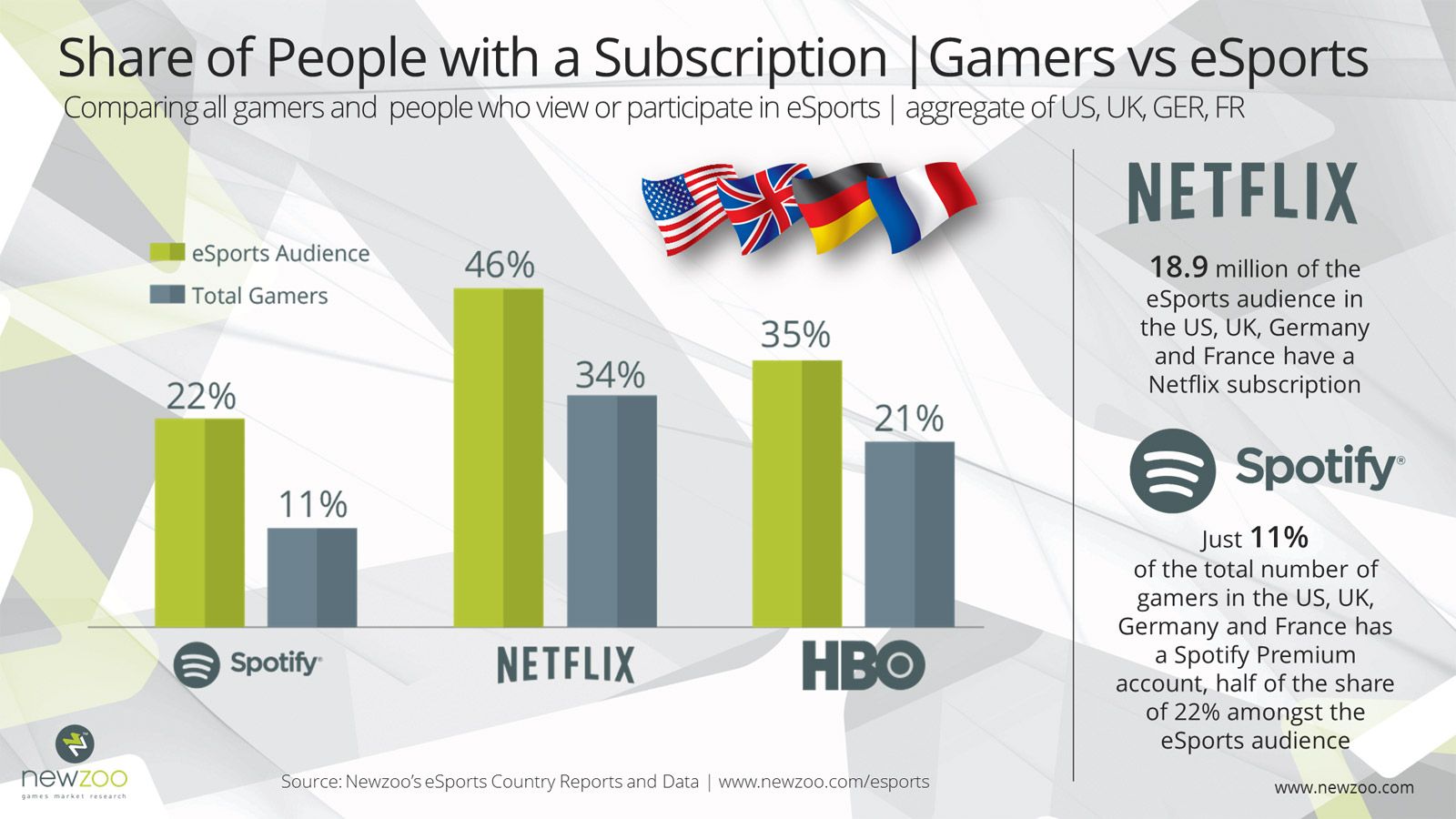
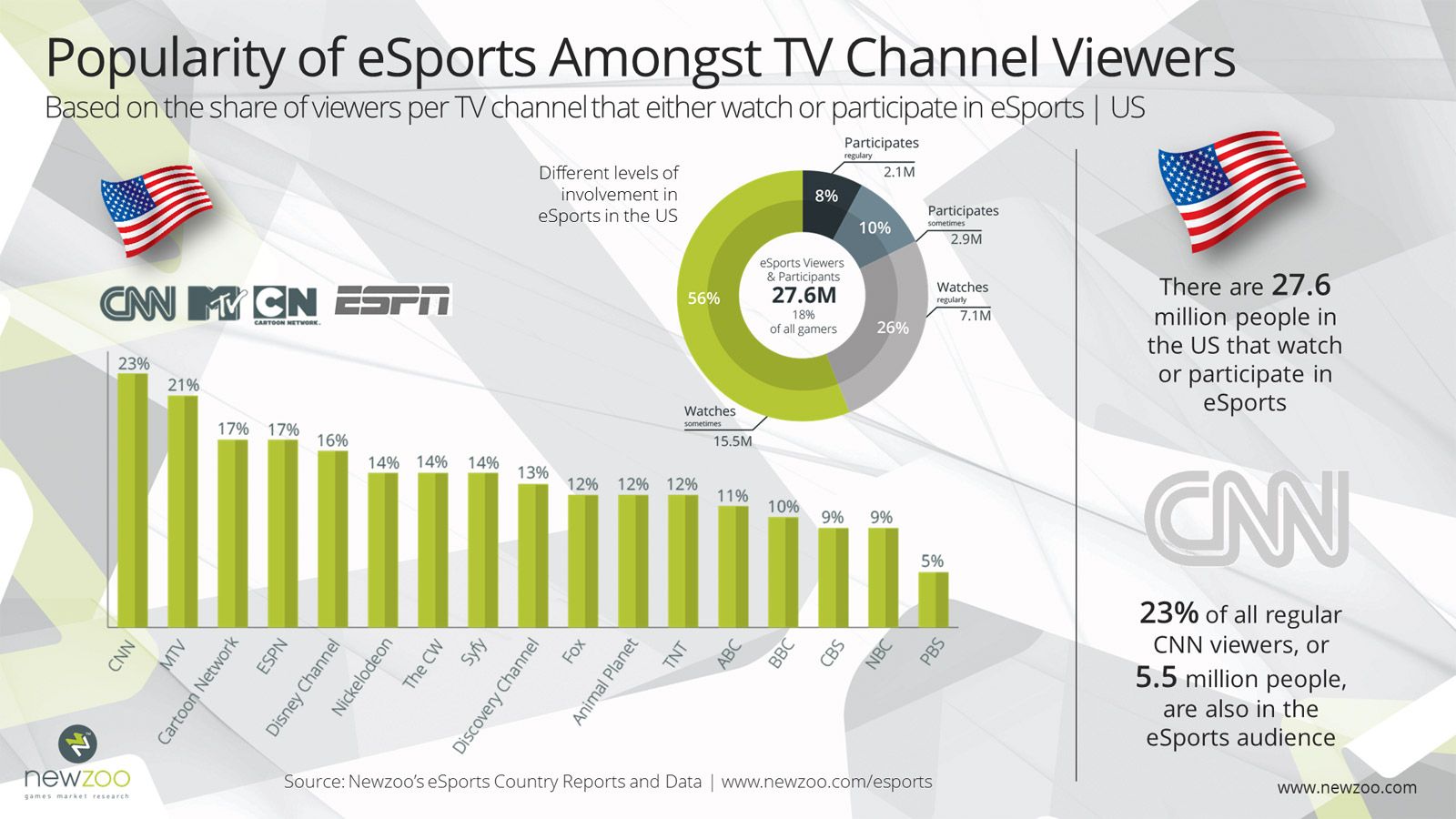
 Andrew Paradise
Andrew Paradise
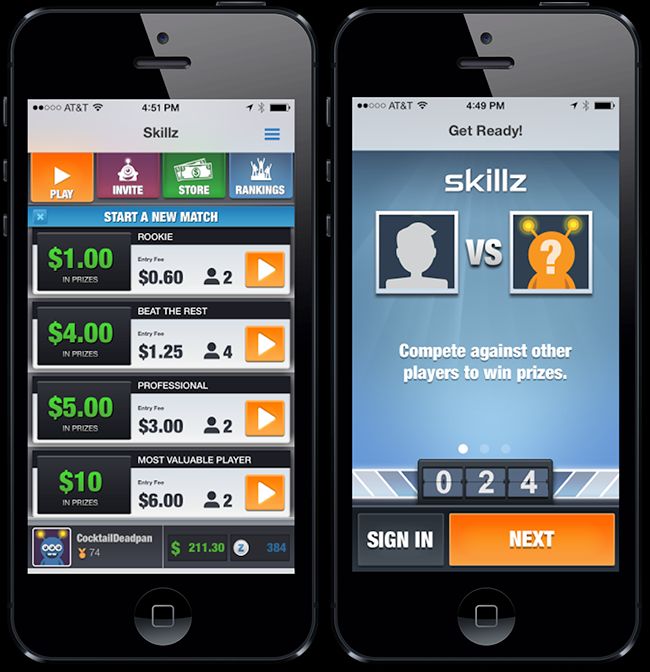
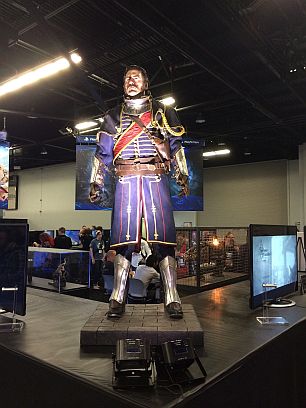
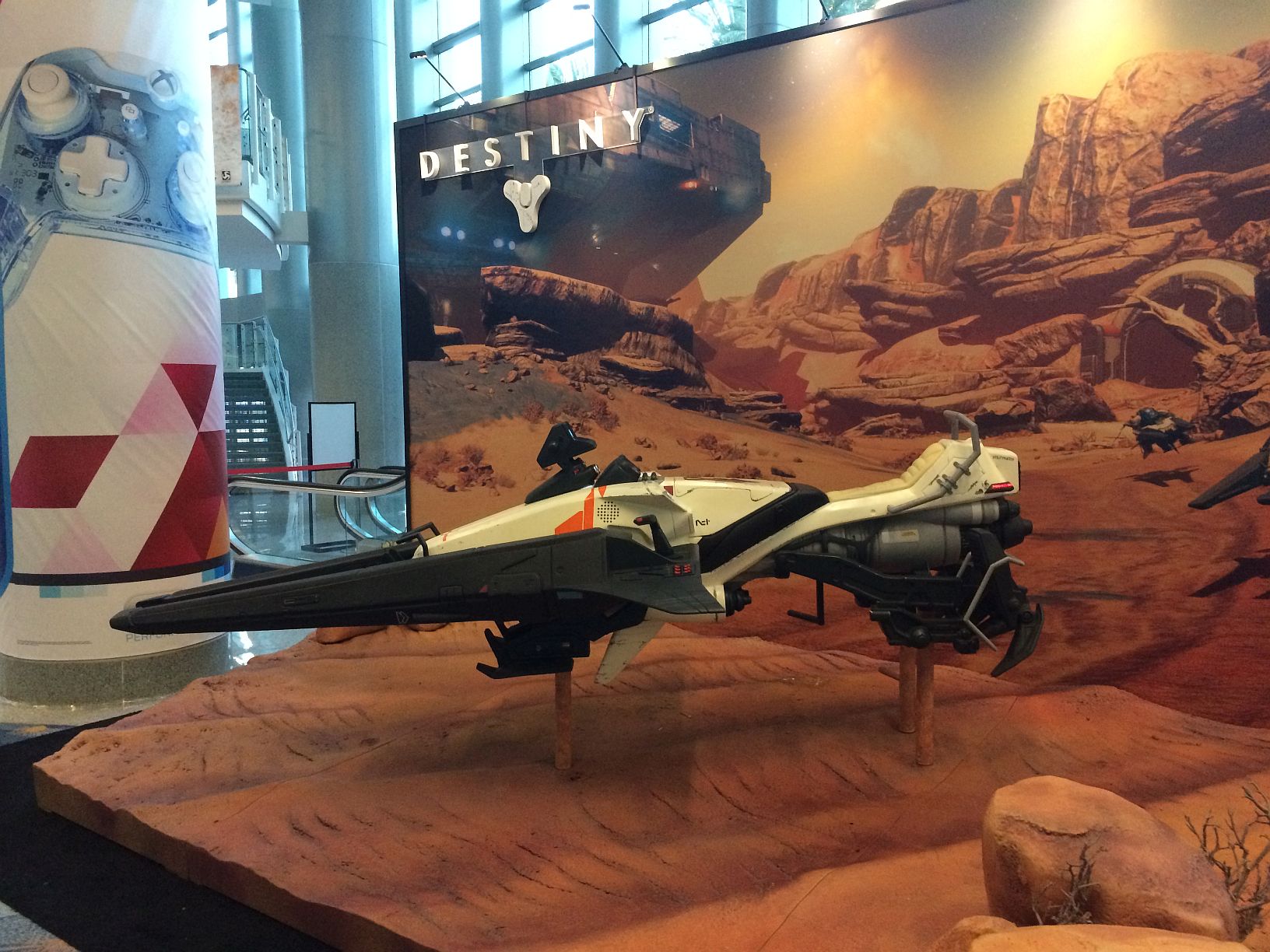
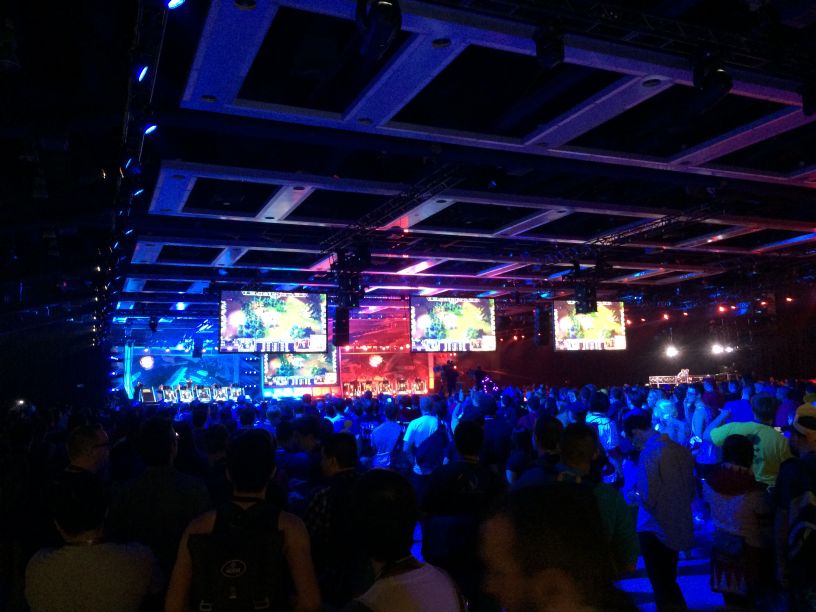
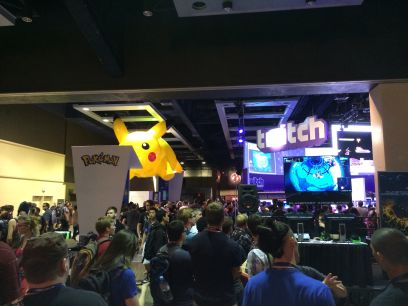
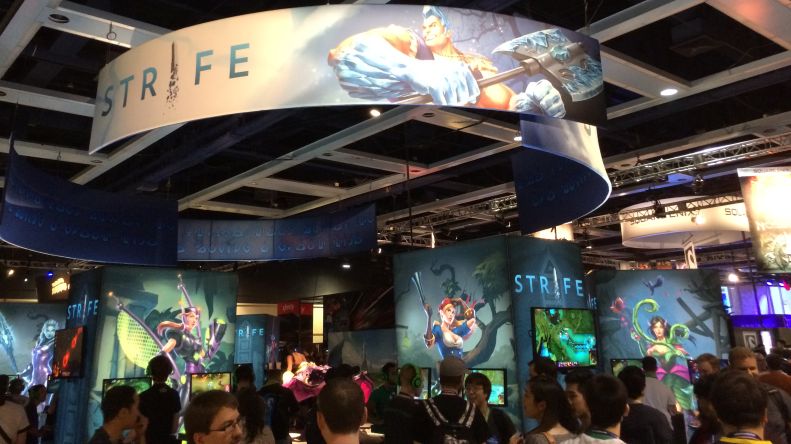
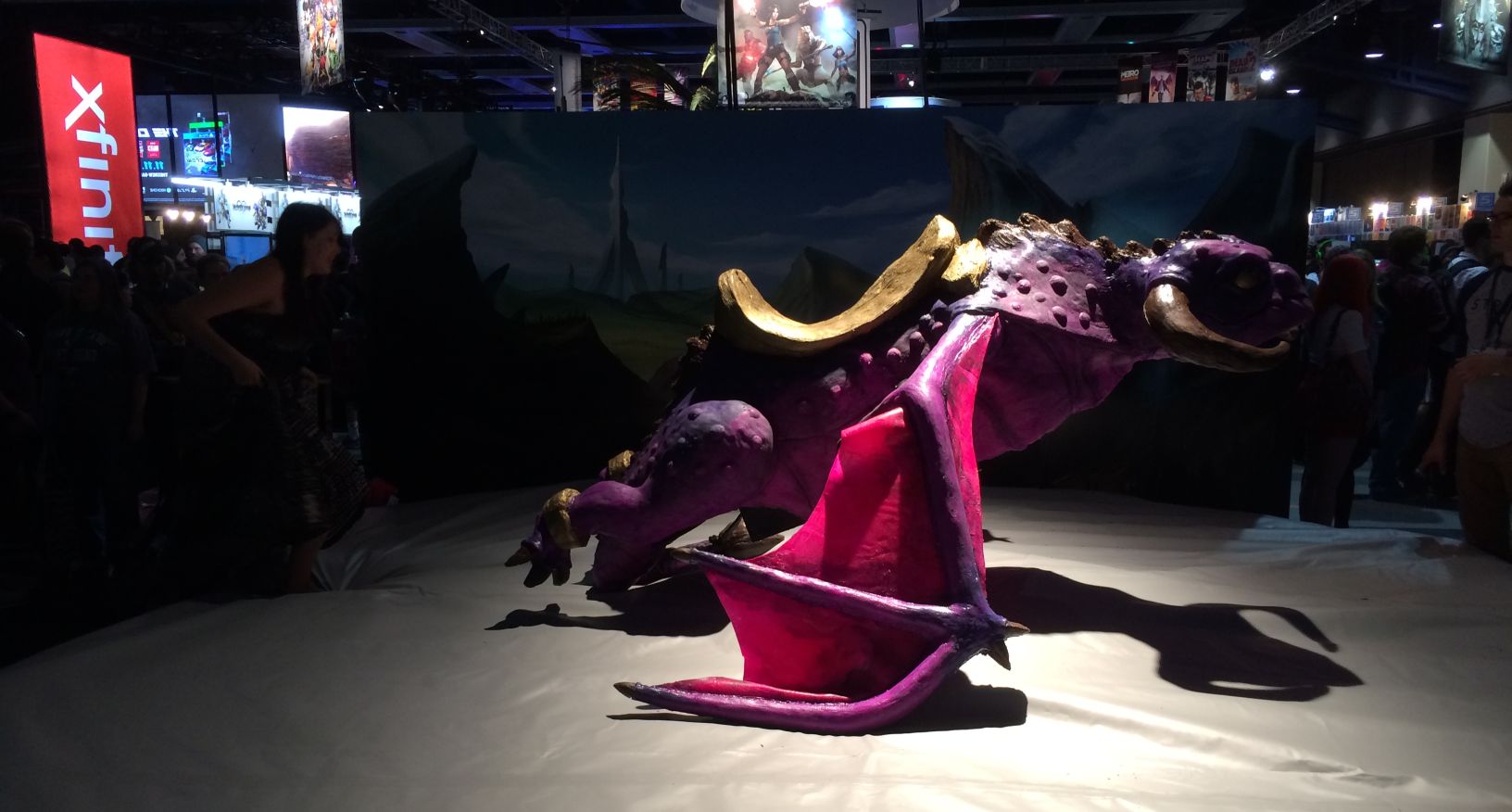
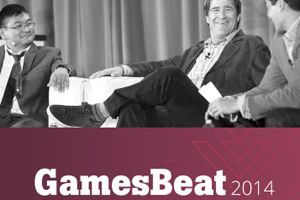
 Shiraz Akmal
Shiraz Akmal
